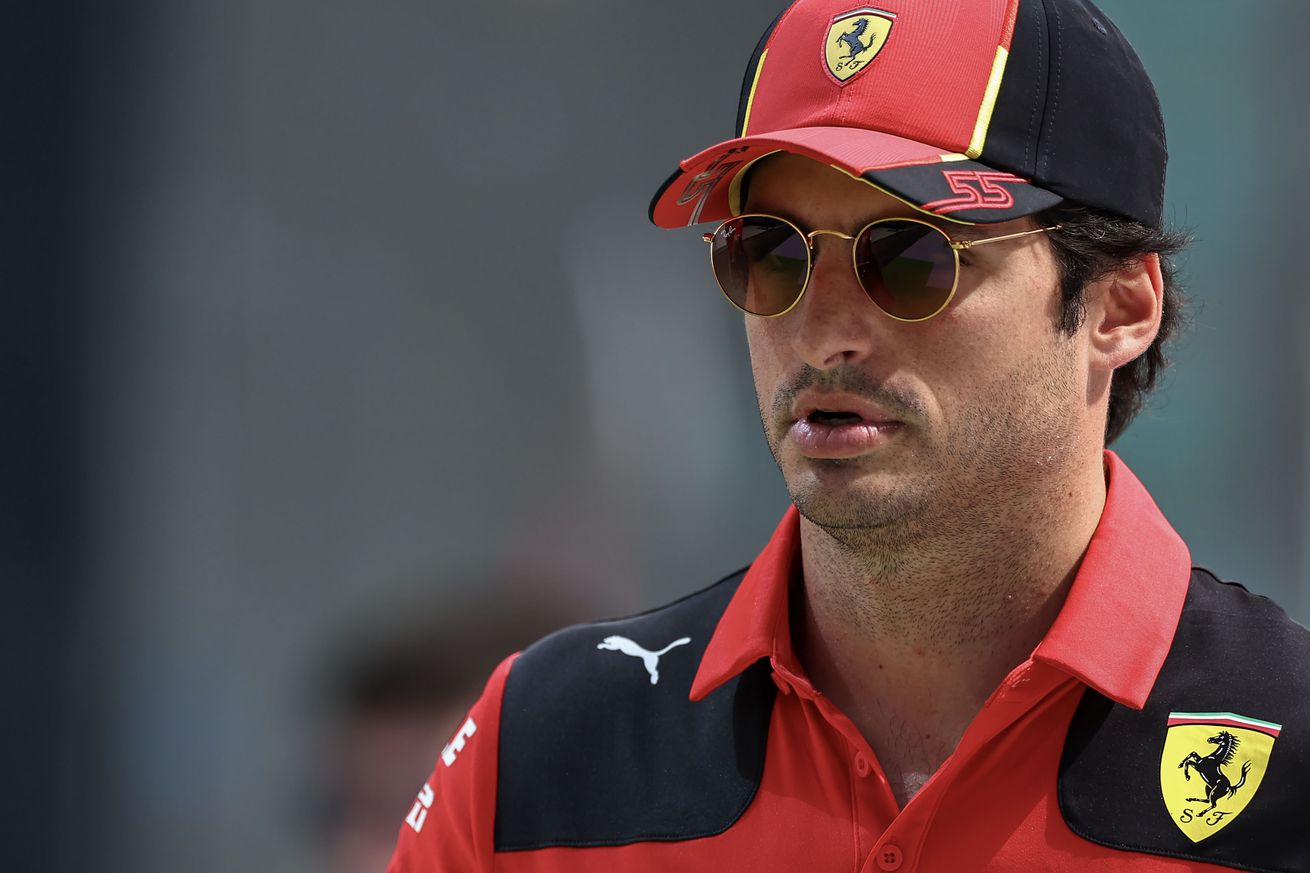Photo by Qian Jun/MB Media/Getty Images
Time might be the biggest factor at the Australian Grand Prix, but not like you think
Time is a present factor in Formula 1. Teams and drivers work around the clock to shave off every millisecond, efforts that could make the difference between a podium finish, and finishing outside the points.
But for this week’s Australian Grand Prix, there is another time-related challenge facing the teams and the drivers.
A Grand Prix on the other side of the world.
As the drivers take to the grid this weekend they, and all the team members in Melbourne, will need to adjust to the new time zone. This is a process that does take some time, and as George Russell discussed prior to last year’s Australian Grand Prix, it poses challenges.
“Having Melbourne in between races, especially as a standalone, is too tough for the teams and everybody,” Russell said last year. “People came out on Saturdays and Sundays to get [acclimated] to the conditions, to the time zone change, and it’s just too much. I think it needs to be thought about more.”
Ferrari’s Carlos Sainz Jr. actually walked fans through the process of getting acclimated to the time change this week, as he traveled to Australia. On his Instagram page, Sainz talked at length about the trip to Australia, and the lengths he took to be ready to hit the ground running as quickly as possible once he reached Melbourne.
“I have to stay awake during this 1st flight so I’m going to explain how a good jet lag plan works when you travel to Australia,” Sainz wrote on his Instagram stories.
“1st flight 7 [hours] to Dubai: tough one, it’s 8am in Melbourne so it’s important NOT to sleep. Plenty of caffeine is allowed but most importantly, plenty of light exposure,” the Ferrari driver added. “Keep the reading lights on, watch a film and entertain yourself, quick visits to the bar to have a few conversations with your colleagues work also. It’s 22.30 in Europe so it will not be easy.”
Sainz added a later update during a stopover in Dubai.
“2h stopover in Dubai: probably in a zombie state after staying awake all night but it’s important to keep making an effort, never sleep and focus on staying in bright places with plenty of sun or artificial light. Have your last bit of caffeine if [it] helps. It will be 7am in Europe, afternoon in Melbourne.”
Of course, the challenging time change impacts not only the drivers, but the entire teams. And not just those making the trip. Even those team members who might stay back at the factory or at team headquarters, the time difference will pose some logistical challenges.
For example, the second practice session this week begins at 4:00 p.m. local time. That is 6:00 a.m. in Brackley, United Kingdom, where Mercedes’ factory and team headquarters is located. The same goes for qualifying, which begins at 4:00 p.m. local time on Saturday.
Tougher still might be the first practice session, which begins at 12:30 p.m. local time. That is 2:30 a.m. back in Brackley.
The time difference is something that Mercedes noted in their preview for the Australian Grand Prix. The team even shared a video featuring some of their key personnel highlighting how the drivers, and even the team members staying back in the United Kingdom, adjust to the time difference:
“We have very good guidance from a scientific point of view, especially on sleep, nutrition, on how to best adapt what to do, when to start eating, when to shift and by how much in order to get onto Australian time,” explained Dominique Riefstahl, who runs the team’s Race Support Operations at the factory.
And what about the drivers?
Aleix Casanovas, Performance Coach for Russell, added this insight: “Every race is different. We go to different continents and jet lag makes it complex… Australia is a big time zone shift for us. We start preparing beforehand, we change the body work a little bit and then use light and darkness a lot to adapt.”
And if that were not tough enough, Mercedes pointed out that the timing of this year’s Australian Grand Prix creates an additional wrinkle.
Australia turns their clocks back one hour this weekend.
“This is complicated even further with the clocks ‘going backwards’ in Australia on early Sunday morning of the Grand Prix weekend,” noted the team in their race preview. “The time difference at the start of the weekend is 10 hours and reduced to nine hours for race day once Daylight saving time ends.”
Time always matters in F1.
This week, however, it matters for a completely different reason.













